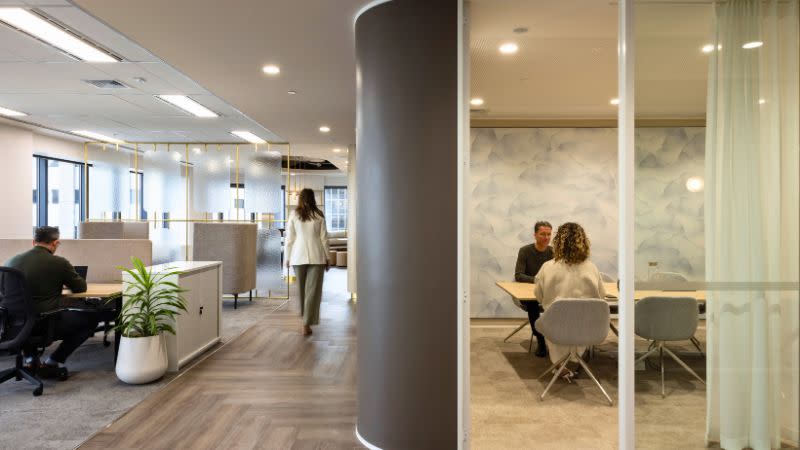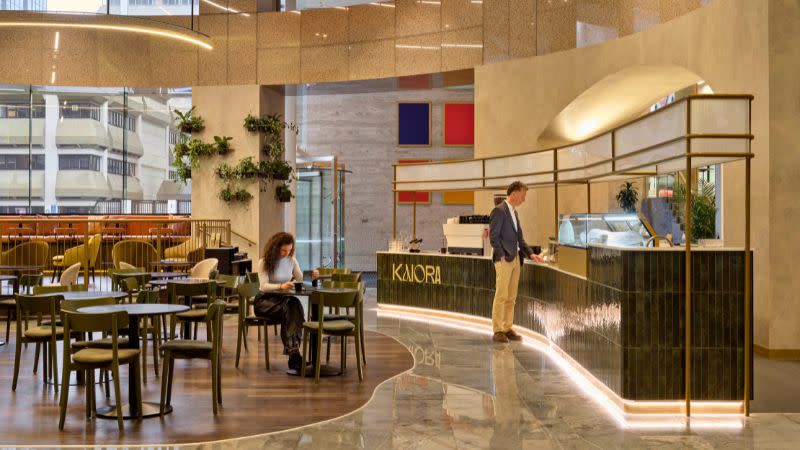FROM SITE SELECTION TO DELIVERY PROPERTY DEVELOPMENT MASTERCLASS
PROPERTY DEVELOPMENT MASTERCLASS
Resources
Newsletter
Stay up to date and with the latest news, projects, deals and features.
Subscribe
National office vacancy rates have reached 14.3 per cent, the highest level in a decade.
With tenants prioritising quality, landlords are being forced to move beyond cosmetic upgrades and rethink how their assets compete.
Pre-lease marketing, refreshed amenities, and a holistic approach to repositioning are proving critical in converting vacancies into value.
Cachet Group Director Greg Parsonson said this shift represented opportunity as much as challenge.
“Vacancies can become opportunities when landlords rethink the purpose of their space.
“Repurposing underutilised areas into high-demand formats like spec suites, wellness hubs, or shared meeting spaces can reset market perception and create leasing momentum.”
In a cautious leasing market, pre-lease campaigns are becoming increasingly critical.
Providing comprehensive marketing packs, quick test fits, high-quality renders and immersive 3D walkthroughs allow tenants to picture their workplace before construction, securing early commitment.
“Tenants want certainty,” said Stu Rogers, Cachet’s Head of Client Relations & Services in Australia.
“When landlords provide a clear vision supported by strong marketing tools, the leasing process accelerates. It reduces hesitation and strengthens confidence in the asset.”
Recent campaigns in Melbourne secured tenant commitments well before delivery, while in Brisbane and Auckland, immersive walkthroughs gave B-Grade assets a competitive edge.
Cachet’s fixed-price design and construct model adds further certainty, streamlining feasibility, design and delivery in one process.

The Property Council’s latest data highlights how demand is flowing into premium stock, while secondary assets face increasing vacancy.
This tenant flight-to-quality trend, combined with rising CBD rents, is reshaping how leasing decisions are made.
For landlords, fringe and B-grade assets are not a liability, they are an opportunity to re-price the market with smart repositioning.
“Refreshing lobbies, modernising end-of-trip facilities, and creating inviting common spaces can dramatically lift the perception of a building,” Parsonson said.
“For many landlords, the question is how to reposition secondary stock to meet tenant expectations while competing with premium towers.”
Cachet projects in Brisbane and Melbourne have shown how vacant fringe offices can be successfully repositioned into medical and wellness hubs, tapping into resilient growth sectors.
In Sydney, a dated B-grade asset was revitalised into fitted medical suites, with contemporary amenities and flexible floorplans, securing tenants seeking affordable quality outside the prime CBD.
These examples show how landlords can reset value and reposition their buildings to attract a broader pool of tenants.

Where the market is heading is clear: demand is concentrating in well-designed, amenity-rich, flexible spaces.
Landlords that act early will be best placed to capture it.
Cachet’s role as an occupancy expert is to help shape that future.
“Our focus is on occupancy outcomes,” said Andrea Trude, Group Creative Lead at Cachet. “That means designing spaces that are not only functional but also market-ready, delivering solutions that attract tenants and retain them long term.”
Cachet offers landlords a comprehensive review of their building, going beyond surface upgrades to consider the full leasing story.
This includes working with leasing teams to align with the appropriate market, tenant mix, and building profile.
Natural light, floorplate splits, refurbishment planning, amenity upgrades, and end-of-trip enhancements are all reviewed as part of a strategy to create the fastest route to market and reduce vacancies.
Tenant expectations are shifting.
Landlords investing in holistic upgrades and proactive pre-lease strategies are not only reducing vacancy but also building long-term asset value.
The Urban Developer is proud to partner with Cachet to deliver this article to you. In doing so, we can continue to publish our daily news, information, insights and opinion to you, our valued readers.